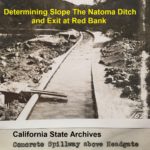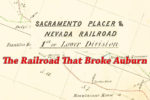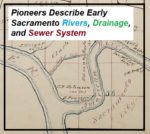It was the folklore, with no documented evidence, that this old weather-worn structure was determined to be historic. The structure, used for decades as an elevated barn and packing shed for local fruit harvests, was unambiguously believed to be part of the Sacramento, Placer and Nevada Railroad. The belief in the historic nature of the structure was the result of oral attribution of its provenance.










